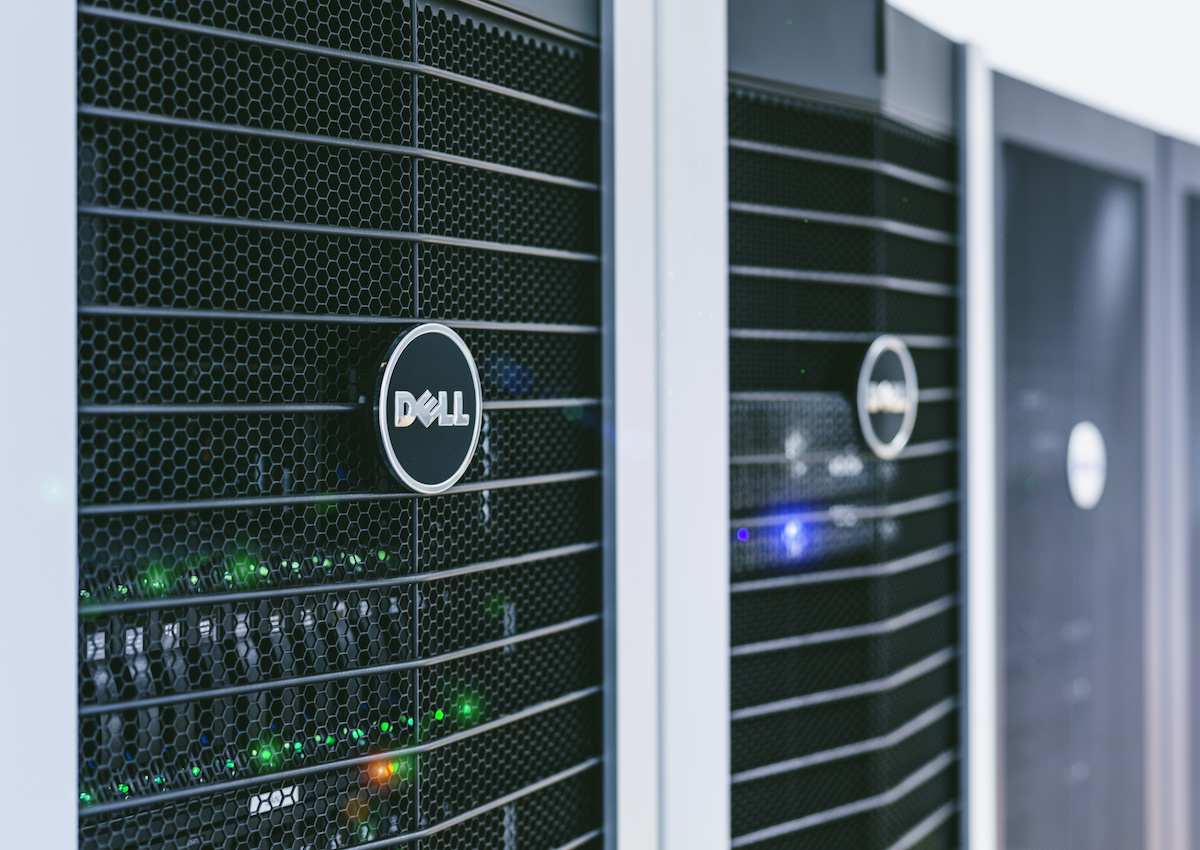Q&A: Dell Talks HPC and Alternative Cooling Technologies18 min read

Onur Celebioglu, Senior Director of Engineering, HPC and Emerging Workloads at Dell Technologies, discusses the drivers of HPC growth, how this impacts the adoption of liquid cooling, and showcases some of his company’s technologies.
What do you believe are the main drivers for HPC and higher power ranges per rack?
As data analytics, high performance computing (HPC), and artificial intelligence (AI) continue to converge and evolve, they are fueling the next industrial revolution and the next quantum leap in human progress. HPC has already penetrated into all aspects of our daily lives. HPC systems are used to design and test our cars, aid the development and discovery of new drugs, and forecast the weather. There will continue to be an insatiable demand for more processing power to solve even more complicated problems that we cannot solve today.
As AI techniques became commonplace in HPC, AI algorithms are often used to augment modeling and simulation workloads. In the future, HPC systems will become increasingly hybrid (with more than one compute element) to be able to handle a wider variety of workloads. We will also need to consider different paradigms, like disaggregation, computational memory, and computational storage to solve I/O bottlenecks associated with moving large volumes of data around. Lastly, the demand for simpler consumption as-a-Service (-aaS) models for HPC is going to drive more innovation in the software space and make HPC available to even wider audiences.
How is HPC driving adoption of alternative cooling technologies such as immersion cooling?
As systems components, especially CPUs and Graphics Processing Units (GPUs), consume more power generation, we continue to explore options to effectively cool them. With HPC systems being at the forefront of technology, we often see that HPC systems are being built using these high-wattage computing elements. For space constrained environments where we need to pack more of these high-power consumption elements into limited space, the use of liquid cooling may become a necessity. This is an area that is increasingly important in designing new data centers as well as retrofitting existing data centers for new systems.
What does Dell offer in Terms of Liquid Cooling?
When it comes to liquid cooling, Dell provides several different options ranging from actively cooled rack doors, direct liquid cooling (DLC) with cold plates, immersion cooling, as well as a combination of these technologies. Over the years, we have increased the number of liquid cooling optimized system options for our customers and we continue to work with them to recommend the right approach for their cooling needs.
For example, Dell’s DLC technology, that was previously only used to cool supercomputing clusters, is now a factory-installed mainstream solution for systems with extreme power-density. DLC uses the exceptional thermal capacity of liquid to absorb and remove the heat created by new high-power processors. All Dell DLC solutions include Leak Sense technology and can be configured to take actions such as powering down a server.
How is HPC driving adoption of Computational Fluid Dynamics (CFD) to visualize airflow?
The use of HPC systems in the design and manufacturing of parts and products has many benefits. One example is CFD which is a common workload in industries such as automotive, aerospace, oil & gas, and many other industries. HPC provides the ability to do CFD simulations in a shorter amount of time and with higher fidelity than can be done on individual systems. This offers companies who use HPC systems a competitive advantage in terms of time to market and the shortening of development times. It may also help companies cut down on the physical prototypes they need to build by replacing some lengthy physical tests with simulation.
What new technologies and strategies are cropping up in conjunction with HPC to take things to the next level, and manage a new scale of computing?
Data is being generated at an unprecedented speed in the modern world. Advancements in telecommunications technologies such as 5G, a great many more sensors being deployed in more places, the Internet of Things (IoT), and the growth of edge devices are just a few contributing factors that are leading to a major increase in data generation. All of this data needs to be analyzed and processed in order to glean more intelligence and learn valuable insights. Thus, we are seeing techniques like AI being used to extract such insights out of data. This requires enormous amounts of computing power for data processing, which can only be achieved with HPC.
We also see an increasing demand for HPC-like technologies in traditional IT due to the growth in data and the need to draw better and faster conclusions from the information gathered. As enterprises that have traditionally not been familiar with HPC adopt these AI techniques for better data insights, they are also see the need to deploy technologies like high-speed interconnects, parallel file systems, GPUs/accelerators, large-scale cluster deployments, and management tools, to name a few, which have been commonly used within in the HPC world.
Real-time monitoring, data-driven optimization.
Immersive software, innovative sensors and expert thermal services to monitor,
manage, and maximize the power and cooling infrastructure for critical
data center environments.
Real-time monitoring, data-driven optimization.
Immersive software, innovative sensors and expert thermal services to monitor, manage, and maximize the power and cooling infrastructure for critical data center environments.

Drew Robb
Writing and Editing Consultant and Contractor
0 Comments